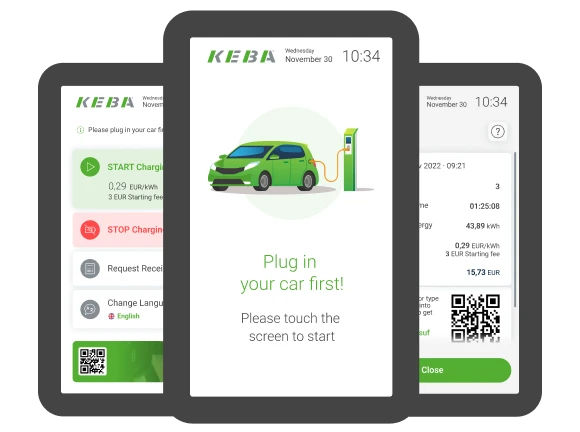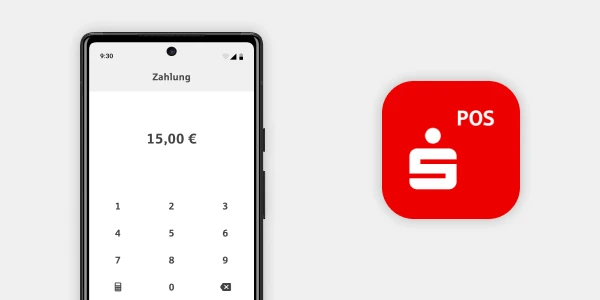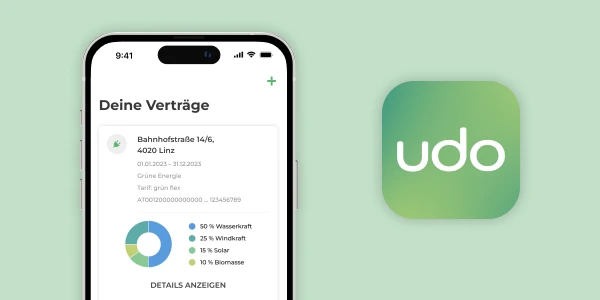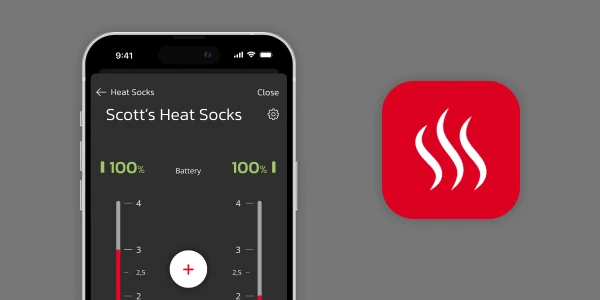Anyone who has an electric car and doesn't just charge it at home knows the problem: At public and semi-public charging points, there are many different payment methods (subscription, pre-registration, operator app...) and sometimes the right one is simply not available. KEBA - provider of charging solutions - has made it its goal to provide its customers* and their end-customers with the easiest and most pleasant charging experience possible. In order to keep the entry barrier for public charging as low as possible, each and every electric car driver should be able to settle charging transactions across national borders and with widespread payment methods, and this directly and at the place of charging. EU regulations and the charging station ordinance in force in Germany pave the way for direct payment at charging stations.
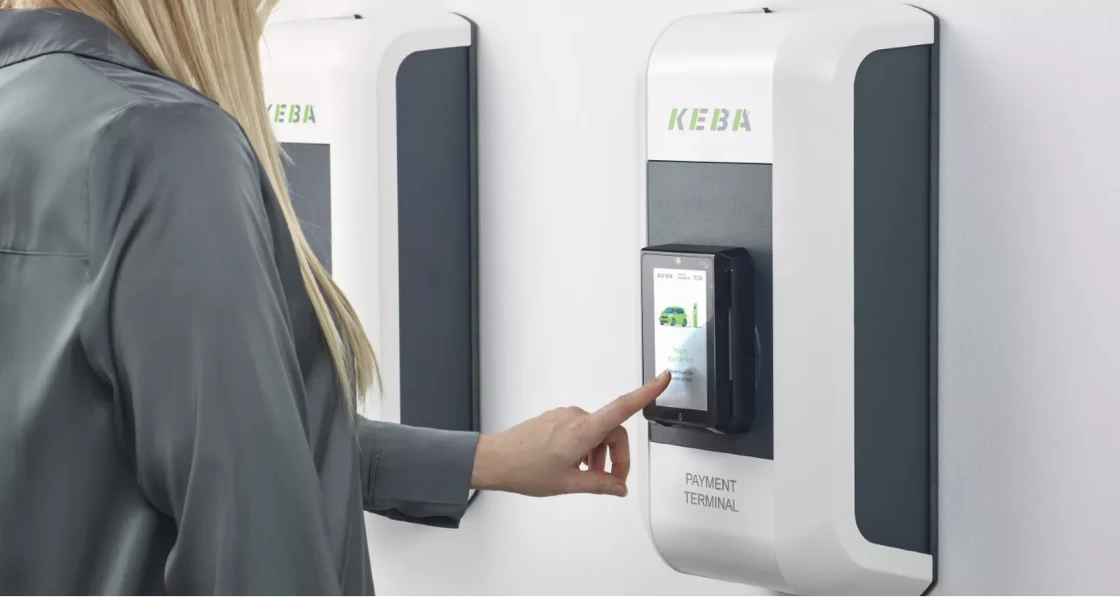
As easy as filling up: charging and paying
Thanks to the communication between KEBA wallboxes and the payment terminal of the terminal operator CCV and the terminal app solution implemented by us, the charging process is now basically the same as refueling: The customer parks his electric car at a charging station and connects the charging cable. The costs are clearly displayed on the payment terminal. The customer selects the charging station at which he wants to charge and is prompted to insert his credit or debit card or mobile wallet from Google or Apple Pay. He enters the code of his card and the charging process begins. The charging process can be stopped either by holding up the same card or cell phone at the payment terminal or by unplugging the charging cable. If the customer wants a receipt of the transaction, it can be retrieved digitally via QR code or using URL.

Management of a charging station network
In the public and semi-public sector, several charging stations normally communicate with each other in a network. A payment terminal can handle and control the direct payment for a network. We designed and implemented the application running on the terminal together with KEBA. As a result, we succeeded in developing an application that is both easy to use and fulfills all the required functionalities. The aim was always to make the process at the payment terminal as intuitive and simple as possible for the customer. This, coupled with the complexity of communication and billing in the background, made it an exciting and challenging project.

Fast implementation thanks to experience
It was possible to implement the application for the payment terminal within a few months. Nevertheless, the time pressure to bring it to market as quickly as possible was a challenge. bluesource benefited from the experience it had already gained in integrating payment solutions in other applications. After all, security and data protection play a very special role in payment data. The development and integration of the interfaces - both to the wallboxes and to the payment terminal - had to be well thought out in advance and then carefully implemented. In addition, all calculations in the application are continuously checked by an independent test center (analogous to the calibrations of gas pumps at filling stations).
White label solution - attractive for charge point operators
The application is available in four languages (German, English, French and Italian) and basically runs as a white-label solution. The respective branding for the display on the terminal is stored on the wallboxes and retrieved from there. This solution allows a flexible use of the system even on a large scale and makes it attractive for charge point operators to appear with their corporate design. UI design - always a challenge with white label solutions - was implemented by us, as was the UX design.
We are very pleased with the feedback from KEBA:



